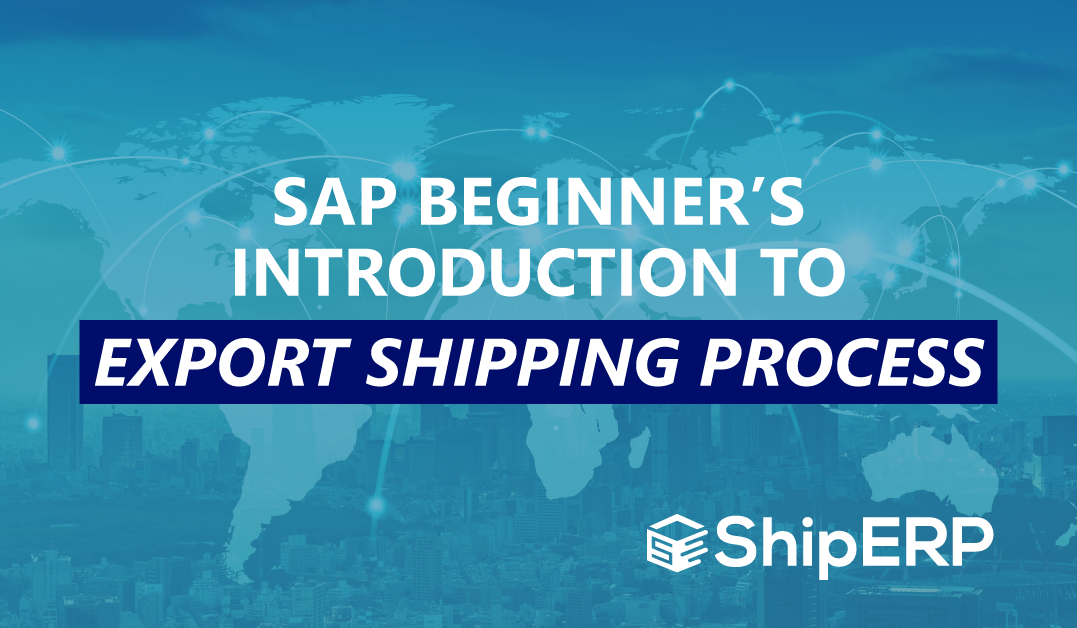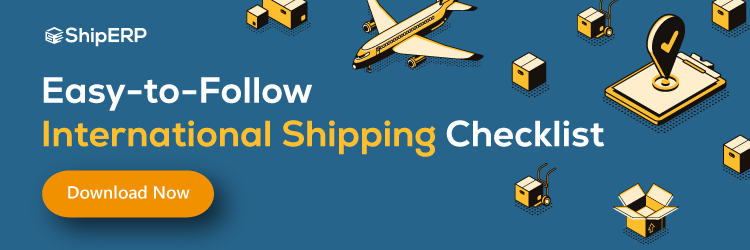
An SAP Beginner’s Introduction to the Export Shipping Process
SAP can handle all your foreign export shipping processes at your fingertips! Here’s an introduction on how to export shipments to foreign destinations within SAP.
It can be exciting for your company to receive an international order! But before you can start the export shipping process, you should check to ensure you can do business with the foreign buyer.
You don’t want to get into legal troubles if you sell to someone you’re not supposed to! So, it’s important to screen the buyer on the denied party listing after you receive the purchase order.
If the foreign buyer is all verified and good to go, let’s get started on the export shipping process in the SAP system!

First, create a sales order based on the information provided from the customer’s purchase order. With the data maintained in the delivery and invoice headers, you can pull up the details of the sales order and other existing sales orders to check for completeness.
Then, you input the transportation information by creating an outbound delivery for the sales order. The required details are transportation mode, delivery date and time. After this step, it’s time to prepare the goods to post a goods issue!
When you ship products internationally, you need to provide quite a few documents to ensure your shipments are smoothly delivered across borders. Thankfully, the SAP system allows you to create export documents like customs declarations automatically! The information provided on the invoice you send to the customer will create the required export documents.
Compliance is vital to the export shipping process. Luckily for you, the SAP system automatically checks the details for accuracy to the regulations of the destination country.
In the last step of the export shipping process, you file one of the required documents, the Electronic Export Information (EEI), through the Automated Export System (AES) which is required by customs. The rest of the documents are sent with the package to its foreign destination!
Keep in mind that being compliant when you fill out your shipping documents, like EEI, is vital to ensure smooth transportation of your shipments. For more information about the different types of export documents, read more here.
As easy as counting 1, 2, and 3! SAP incorporates all the necessary checks and balances to keep your export transactions in compliance and that the duties are calculated instantly. Make your export shipping process easier and faster within SAP.
For help on your streamlining export shipping within SAP, reach out to us! We help our clients with automation and efficiency in their business processes. We are especially helpful with shipping and compliance in the context of SAP ERP integrations for our enterprise clients.




